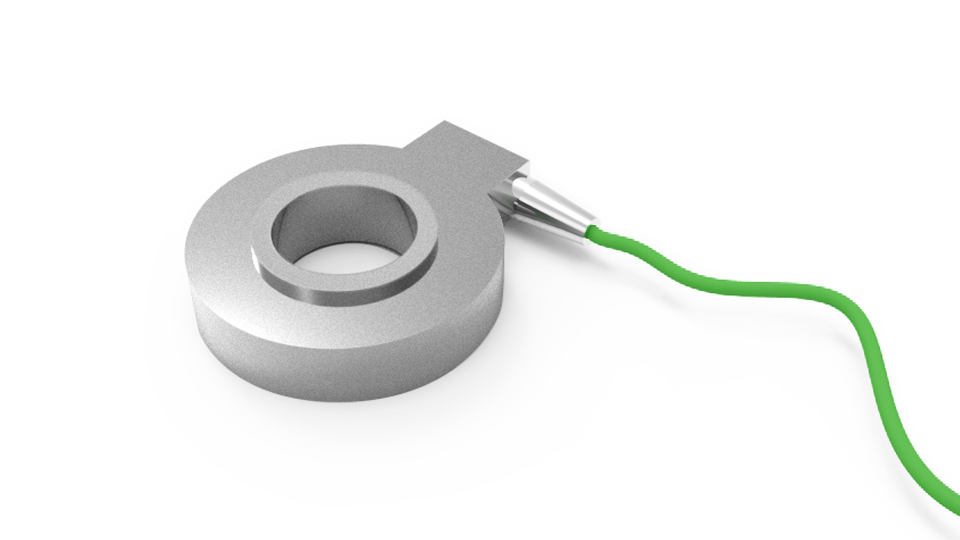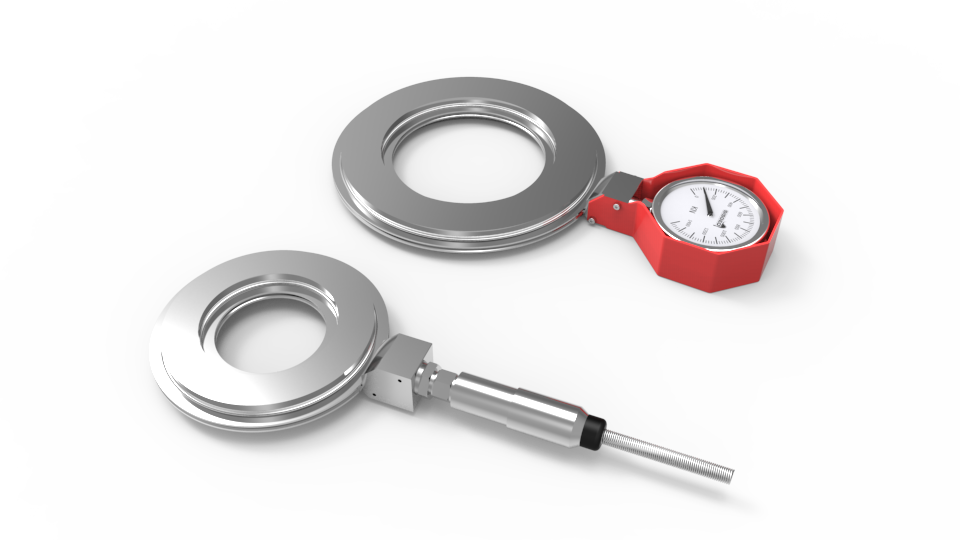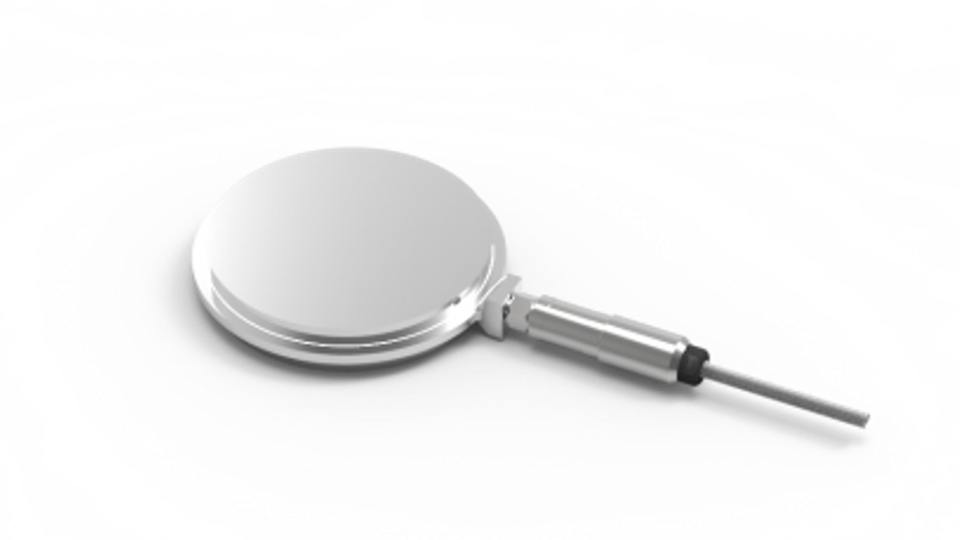Kraftmessdosen
Kraftmessdosen sind ein wichtiges Werkzeug um den Zustand, die Standsicherheit und die Zuverlässigkeit von Infrastrukturobjekten, Gebäuden oder sonstigen geotechnischen Beobachtungspunkten durch die Messung der Kräfte zu beurteilen.
Kraftgeber werden z.B. für die Messung von Kräften auf Ankern, zur Messung der Last auf Steifen, Sprießen oder Pfählen, sowie zum Monitoring von Kräften im Stahlsegmentausbau in Tunneln verwendet. Weiterhin können die Kraftmessgeber auch bei Spundwänden, tiefen Aushüben, Dämmen, Gründungen, Brückenpfeilern und Widerlagern eingesetzt werden.
Kraftmessdosen geben den Gutachtern und Ingenieuren wichtige Messdaten für die Materialoptimierung, die Wartung von Objekten, sowie für Structural Health Monitoring.
Hydraulische Ankerkraftgeber sind ringförmige Messgeber, die mit entgastem Öl gefüllt sind und mit einem direkt anzeigenden Manometer verbunden sind, das die aktuell anliegende Kraft anzeigt.
Elektrische Ankerkraftgeber bestehen aus einem kreisförmigen Edelstahlkörper, der mit elektrischen Dehnmessstreifen in Wheatstone Brückenschaltung gemessen wird, was den Kraftgeber sehr fehlertolerant in Bezug auf ungleichmäßige Belastungen macht.
Für beide Typen, die hydraulischen und die elektrischen Ankerkraftgeber werden sehr biegesteife Lastverteilplatten angeboten, die die übertragenen Kräfte gleichmäßig auf den Kraftgebern verteilen. Die Ankerkraftgeber gibt es in verschiedenen Größen und Messbereichen, je nach Kundenwunsch.
Kraftmessdosen für den Stahlsegmentausbau in Tunneln (auch Gleitbogenausbau) haben ein spezielles Design, damit sie unter den Segmenten platziert werden können und damit die Kraftübertragung überwachen können. Diese Kraftmessdose ist ein rundes Kraftmesskissen mit einer entgasten Ölfüllung an der ein elektrischer Druckgeber angeschlossen ist. Als Zubehör gibt es spezielle Kugelplatten (Kugelkalotte) für Einbauten zwischen nicht parallelen Oberflächen.
Resistive Kraftmessdosen sind sehr Widerstandsfähig und auf eine hohe Langzeitstabilität ausgelegt. Sie werden für Pfahllastversuche oder andere Projekte mit einem sehr großen Messbereich eingesetzt.



